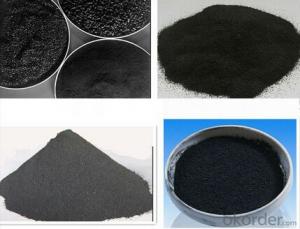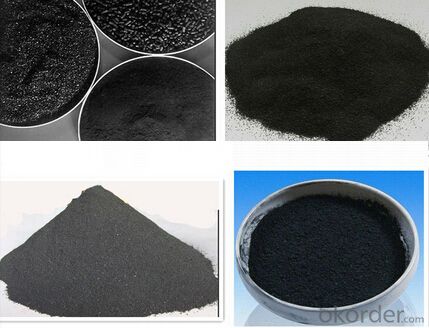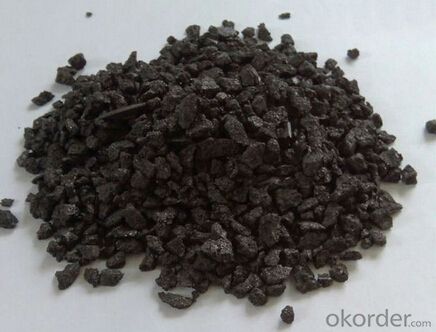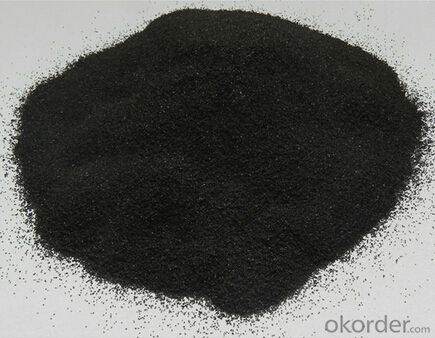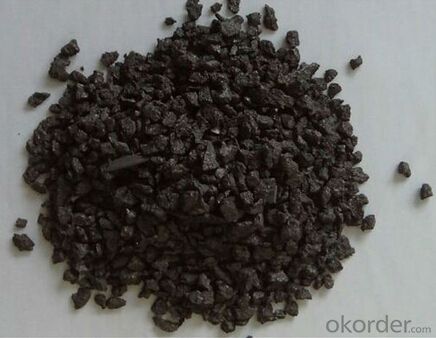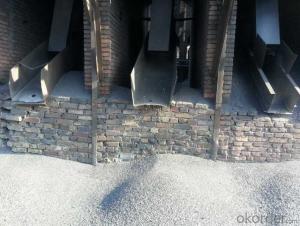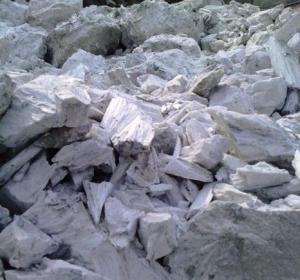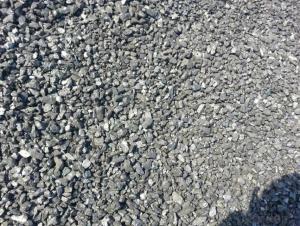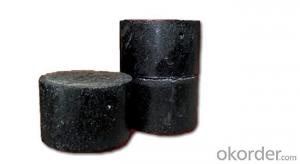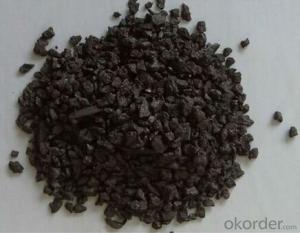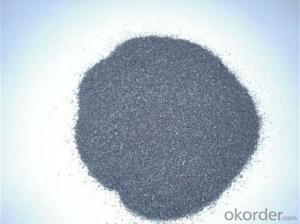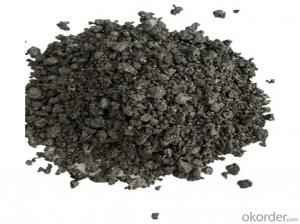Recarburizer Carbon 99% Foundry Graphite Recarburizer Calcined anthracite
- Loading Port:
- Dalian
- Payment Terms:
- TT OR LC
- Min Order Qty:
- 10 m.t
- Supply Capability:
- 500000 m.t/month
OKorder Service Pledge
OKorder Financial Service
You Might Also Like
Specification:
Low Sulphur Calcined Petroleum Coke/Calcined Anthracite /CPC
We can manufacture the high quality product according to customers' requirements or drawings
Advantage:
- Reduce energy consumption
- Reduce recarburizer consumption
- Reduce scrap rate
- Reduce tap to tap time
- Reduce scrap rate
We can offer carburant in differnt types,whenever you need,just feel free to contact us
Data Sheet:
NO. | Fixed Carbon | Sulphur | Moisture | Volatile | Graininess |
>= | <=< span=""> | <=< span=""> | <=< span=""> | Granularity distribution 90% | |
Oz1011 | 98.50% | 0.05% | 0.50% | 0.50% | 1-5mm |
Oz1012 | 98.50% | 0.50% | 0.50% | 0.80% | 1-5mm |
Oz1013 | 95.00% | 0.30% | 0.26% | 1.14% | 1-4mm |
Oz1014 | 90.00% | 0.30% | 0.30% | 0.90% | 1-5mm |
Oz1015 | 80.00% | 0.20% | 1.30% | 3.50% | 1-5mm
|

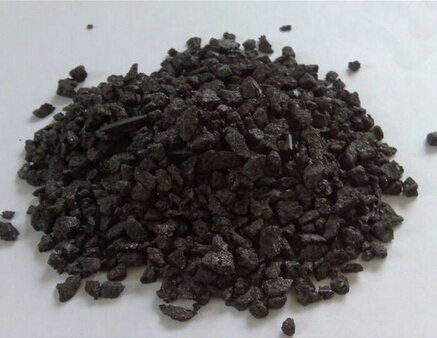
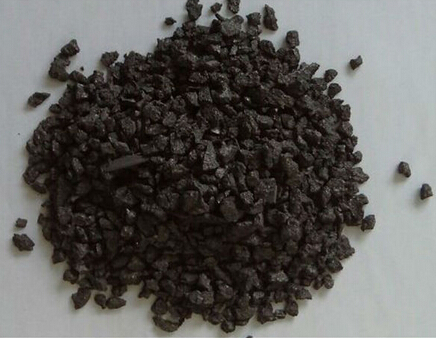
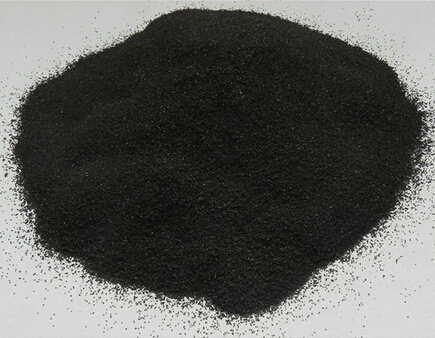
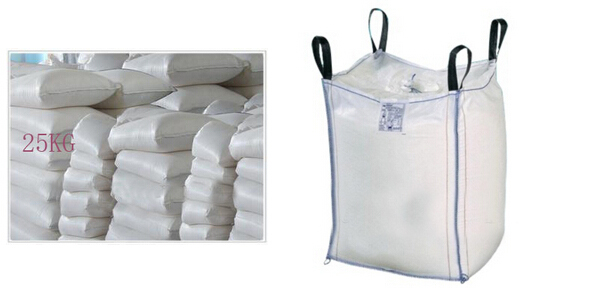
- Q: What is the role of carbon in respiration?
- The role of carbon in respiration cannot be overstated, as it serves as a vital element in organic molecules like glucose. When respiration takes place, glucose undergoes a breakdown with the presence of oxygen, resulting in the production of ATP energy. The carbon atoms found in glucose are oxidized, thereby releasing electrons that eventually transfer to oxygen and form carbon dioxide (CO2) as a byproduct. This entire process, which is referred to as cellular respiration, is universal among all living organisms and is indispensable for generating the energy necessary for various cellular activities. The absence of carbon would render respiration impossible and prevent the generation of energy essential for growth, movement, and other vital life functions. Additionally, the carbon dioxide generated during respiration is released into the atmosphere and plays a critical role in the carbon cycle, which contributes to the regulation of Earth's climate and supports plant growth through photosynthesis.
- Q: They include a cementite, two cementite, three cementite, eutectic cementite and eutectoid cementite, and compare their temperature, composition and morphology
- Two: cementite in iron graphite phase, carbon content more than 0.77%, in A (Fe + Fe3C) two-phase region precipitation of Fe3C is two times the cementite formation temperature in the eutectic temperature (1148 DEG C) and eutectoid temperature (727 DEG C), morphology of the mesh is a typical carbon content. From 0.77% to 6.69% is the typical composition range.
- Q: What should be done to deal with leakage of carbon monoxide from the plant?
- The hazardous and dangerous characteristics of carbon monoxide, carbon monoxide, is the Chinese name of CO. It is the product of incomplete combustion of materials. It is slightly soluble in water and soluble in various organic solvents such as ethanol and benzene. Mainly used in industrial chemical synthesis, such as synthetic methanol, phosgene, etc., or refined metal reducer. Occupation exposure to carbon monoxide in manufacturing steel and iron, coke, ammonia, methanol, graphite electrode, printing and dyeing factory, singeing, internal combustion engine powered coal mining blasting; non occupation contact is more extensive, such as household water heater was boiling water, winter coal, gas heating and so on, will produce carbon monoxide. Carbon monoxide is a flammable toxic gas known, but because of its physical and chemical properties of colorless smelly, so it is not easy to be aware of the harm, so it is not only the occupation killer, or the people's daily living potential. Carbon monoxide mixed with air can form an explosive mixture. When exposed to fire, high heat can cause combustion and explosion. Bottled carbon monoxide in case of high fever, increased pressure within the container, cracking and explosion. Because carbon monoxide has flammable properties, strong oxidizing agents and alkalis are its inhibitions. If the fire, should immediately cut off the gas source; if not immediately cut off the gas source, is not allowed to extinguish the burning gas.
- Q: How is carbon used in the agricultural industry?
- Carbon is widely used in the agricultural industry for various purposes. One of the main uses of carbon in agriculture is as a soil amendment. Adding carbon-rich organic matter, such as compost or manure, to the soil improves its structure, fertility, and overall health. This is because carbon helps to increase the soil's ability to retain moisture, nutrients, and beneficial microorganisms, which are essential for plant growth. In addition to soil amendment, carbon is also used in the form of carbon dioxide (CO2) for greenhouse enrichment. In controlled environments like greenhouses, plants require a higher concentration of CO2 to enhance their growth and productivity. Carbon dioxide is released into the greenhouse to maintain optimal levels, which promotes photosynthesis and accelerates plant growth. Moreover, carbon-based fertilizers are commonly used in agriculture. These fertilizers, such as urea or ammonium nitrate, provide essential nutrients to crops and enhance their productivity. Carbon is an integral component of these fertilizers, aiding in the controlled release of nutrients and their effective uptake by plants. Furthermore, carbon is utilized in the production of pesticides and herbicides. Many of these agricultural chemicals contain carbon compounds that are specifically designed to target and control pests, diseases, and weeds that can harm crops. Carbon-based chemicals are often used because of their effectiveness and ability to break down naturally without causing long-term harm to the environment. Overall, carbon plays a crucial role in the agricultural industry by improving soil fertility, enhancing plant growth, and aiding in pest control. Its versatile applications make it an essential resource for sustainable and efficient farming practices.
- Q: How does carbon affect the formation of smog?
- Smog formation heavily relies on carbon's role, particularly through carbon monoxide (CO) and volatile organic compounds (VOCs). Burning fossil fuels, like in vehicles, power plants, or industrial processes, releases carbon into the atmosphere as CO and VOCs. These carbon emissions, especially in densely populated areas, contribute to smog formation. Smog consists of various air pollutants, primarily ground-level ozone, formed when nitrogen oxides (NOx) and VOCs react in sunlight's presence. Ground-level ozone formation starts with carbon monoxide. It reacts with nitrogen oxides and sunlight, resulting in ozone, a key smog component. VOCs, on the other hand, combine with nitrogen oxides in sunlight to create more ground-level ozone. Moreover, carbon particles, also called black carbon or soot, can contribute to smog formation. These particles absorb sunlight, heating the surrounding air and causing temperature inversions. These inversions trap pollutants near the ground, preventing dispersion and worsening smog formation. Controlling and preventing smog formation relies heavily on reducing carbon emissions. Implementing cleaner technologies, such as catalytic converters in vehicles and cleaner fuels, helps decrease CO and VOC release. Additionally, promoting renewable energy sources and reducing reliance on fossil fuels significantly reduces carbon emissions, thereby mitigating smog formation.
- Q: Does iron have more carbon or more steel?
- carbon content of less than 0.04% of the iron, the carbon content in the name of wrought iron; 0.05~2% iron, known as steel.
- Q: What are the consequences of increased carbon emissions on indigenous communities?
- Indigenous communities are severely affected by the increased carbon emissions, with their traditional lands and natural resources degrading as one of the most immediate consequences. These emissions contribute to global warming, resulting in higher temperatures, altered weather patterns, and more frequent and intense natural disasters like hurricanes, droughts, and wildfires. These events can cause crop destruction, infrastructure damage, and the displacement of indigenous peoples from their ancestral territories. Furthermore, carbon emissions contribute to air pollution, which disproportionately affects indigenous communities living near industrial facilities and exposes them to higher levels of toxic pollutants. This exposure leads to respiratory illnesses, cardiovascular diseases, and other health problems, exacerbating existing health disparities. Climate change-induced loss of biodiversity also has an impact on indigenous communities, as they rely on traditional knowledge and practices for sustainable resource management. Changes in ecosystems disrupt the availability and abundance of food, water, and medicinal plants, undermining indigenous cultures and traditional livelihoods. Moreover, many indigenous communities heavily depend on natural resources such as fishing, hunting, and agriculture for economic development. However, with increased carbon emissions, these resources become scarcer and less reliable, posing economic challenges and creating financial insecurity for indigenous communities. In addition to the environmental and economic consequences, increased carbon emissions also contribute to the loss of cultural heritage and identity. Indigenous communities have a deep connection to their territories and the natural world, which is threatened by the impacts of climate change. This loss of cultural heritage not only negatively affects indigenous communities but also diminishes the diversity of human knowledge and perspectives, which is detrimental to humanity as a whole. In summary, the consequences of increased carbon emissions on indigenous communities are extensive and severe. They not only undermine their traditional lands, resources, and health but also erode their cultural heritage and identity. Recognizing and addressing these impacts is crucial to ensure the protection and well-being of indigenous communities and to mitigate the effects of climate change globally.
- Q: What is carbon nanocomposite coating?
- Carbon nanocomposite coating is a thin layer of material that contains carbon nanoparticles, which are dispersed within a polymer matrix. This coating is known for its exceptional strength, durability, and electrical conductivity, making it useful in various industries such as aerospace, automotive, and electronics.
- Q: How does carbon affect the water cycle?
- Carbon affects the water cycle in several ways. Firstly, carbon plays a crucial role in the atmosphere, where it exists in the form of carbon dioxide (CO2). The concentration of CO2 in the atmosphere has been increasing due to human activities such as burning fossil fuels, deforestation, and industrial processes. This increase in carbon dioxide levels leads to global warming and climate change, which in turn affects the water cycle. One major impact of increased carbon dioxide is the alteration of precipitation patterns. Warmer temperatures caused by carbon emissions can lead to more evaporation from bodies of water, resulting in increased water vapor in the atmosphere. This extra moisture can then lead to more intense rainfall in some areas, causing floods, while other regions may experience droughts as evaporation rates exceed precipitation rates. These changes in precipitation patterns disrupt the balance of the water cycle, affecting the availability of water resources for both human and natural systems. Furthermore, carbon dioxide dissolved in water forms carbonic acid, which lowers the pH level of oceans and bodies of water, a process known as ocean acidification. This acidification can negatively impact marine life, including shellfish, corals, and other organisms that rely on calcium carbonate to build their shells or skeletons. As a result, the disruption of these species can have cascading effects through the food chain, ultimately impacting the entire ecosystem. Carbon also influences the melting of polar ice caps and glaciers. Rising global temperatures caused by increased carbon emissions accelerate the melting process. As the ice melts, it releases freshwater into the oceans, leading to a rise in sea levels. This rise in sea levels can have devastating consequences for coastal communities, increasing the risk of flooding and erosion. In summary, carbon emissions, primarily in the form of carbon dioxide, have a significant impact on the water cycle. They alter precipitation patterns, contribute to ocean acidification, and accelerate the melting of ice, all of which disrupt the delicate balance of the water cycle and have far-reaching consequences for ecosystems and communities around the world.
- Q: How does carbon impact the availability of sustainable development policies?
- Carbon impacts the availability of sustainable development policies by directly contributing to climate change. The excessive emission of carbon dioxide and other greenhouse gases from human activities leads to global warming, which in turn affects natural resources, ecosystems, and communities. To mitigate the negative impacts of carbon, sustainable development policies aim to reduce carbon emissions, promote renewable energy sources, and encourage sustainable practices. By addressing carbon emissions, these policies help create a more sustainable future by preserving resources, minimizing environmental degradation, and fostering social and economic well-being.
Send your message to us
Recarburizer Carbon 99% Foundry Graphite Recarburizer Calcined anthracite
- Loading Port:
- Dalian
- Payment Terms:
- TT OR LC
- Min Order Qty:
- 10 m.t
- Supply Capability:
- 500000 m.t/month
OKorder Service Pledge
OKorder Financial Service
Similar products
Hot products
Hot Searches
Related keywords
